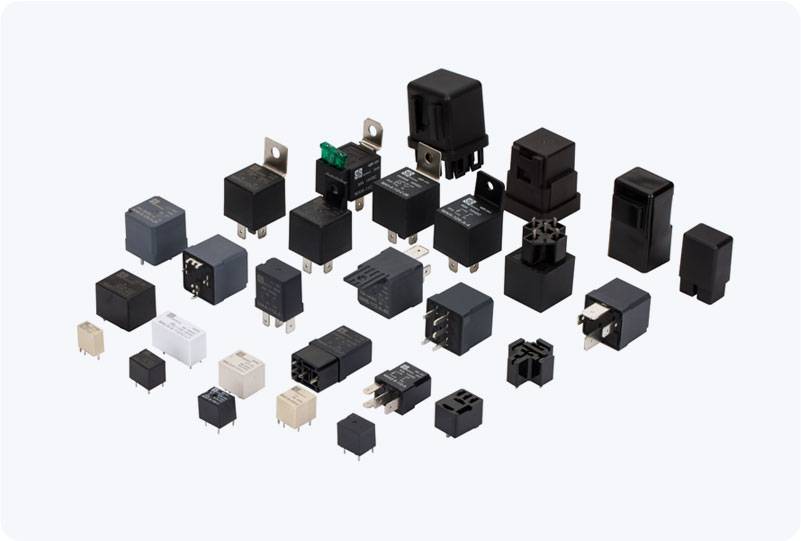An Overload Relay is a critical component in industrial and commercial electrical systems, offering vital protection for electric motors. These devices prevent motor damage caused by prolonged overcurrent conditions, ensuring the longevity and efficiency of electrical machinery. Overload relays are designed to disconnect the power supply to a motor when the current exceeds a preset threshold, thus preventing overheating and potential failure. In this article, we will delve into the function, types, and applications of overload relays.

What is an Overload Relay? An overload relay is an automatic device used to protect electric motors from overheating and damage caused by overloading. Electric motors often operate under varying loads, but excessive current for an extended period can cause the motor to overheat. Overload relays monitor the current passing through the motor and activate the protection mechanism when it detects that the current exceeds the motor’s rated capacity. This interruption in power helps to prevent potential motor damage and ensures the safety of the entire system. Function of Overload Relays The primary function of an overload relay is to protect motors from prolonged overcurrent conditions. When a motor is subjected to a load that exceeds its rated capacity, the current increases. Overload relays detect this increased current, and if it persists for a certain amount of time, they interrupt the motor’s power supply by opening the circuit.